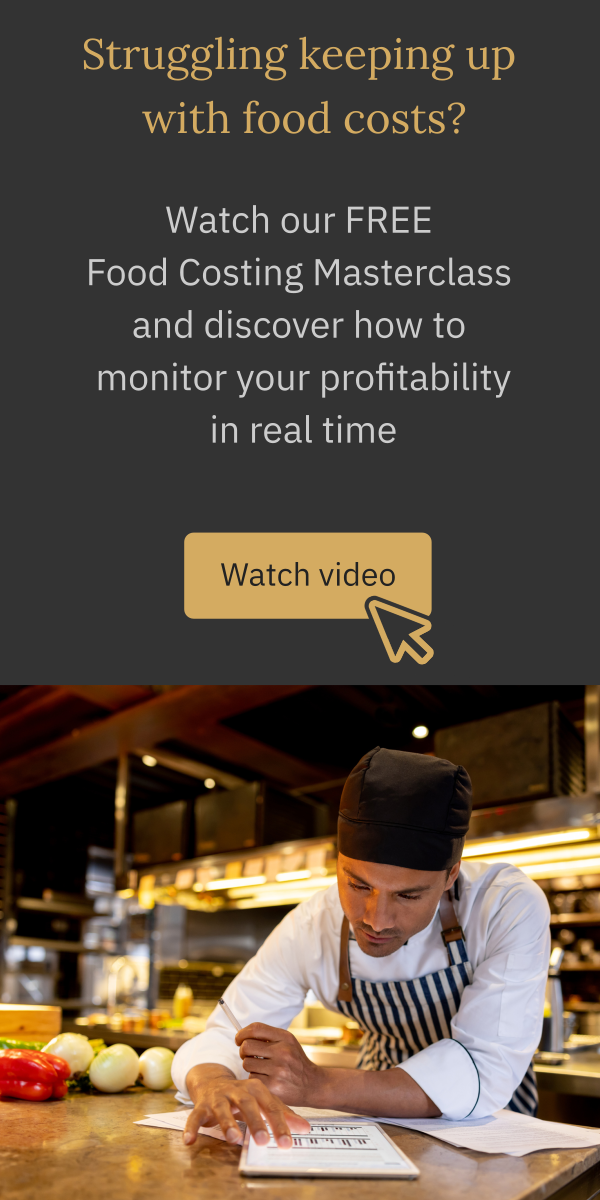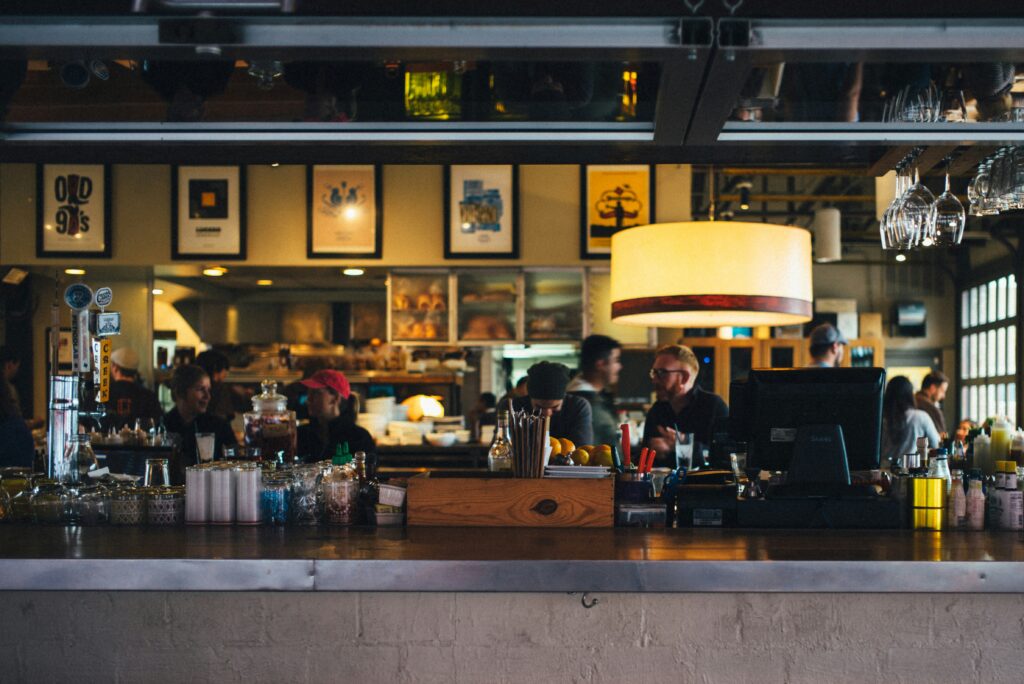Stay in the loop
Running a restaurant is often chaotic. There’s just so much happening daily for an operator, in all areas of the business. And typically, that includes servicing customers in some shape or form. It’s just so difficult to take a step back to organize business systems when you’re managing employees (or those who haven’t showed up), ensuring your food’s being served with consistency and that your overall operation is top-notch.
We can all agree that restaurants’ margins are too thin. Food costs are usually one of the bigger pieces of the pie. What can one do about it, especially in a world that expects only the best (costly) ingredients? Two words: better inventory. By better controlling inventory, you’ll possibly save thousands, if not tens of thousands of dollars, in food costs. Thanks to technology, it’s possible for restaurant operators to optimize margins significantly.

1. Map your Restaurant in Sections
The most frequent error while counting stock is… counting errors! To avoid this conundrum, here’s a simple set of rules:
- Subdivide your restaurant into defined sections. Dividing the count by sections will help you spot counting errors when they arise
- Count each shelf in your section, one after the other
- Count from top left to bottom right
- NEVER move to another section until completion of the current section
First and foremost, create a visualization of your restaurant’s actual space and start mapping the stocking areas, which will represent your sections (A). Here’s a simple example of a classic bar sections layout: you’d have your bar top, bar fridges, cold room, liquor stockroom and wine cellar.
Get personalized recommendations on bar and restaurant inventory management.
Creating the sections overview will help structure the process to go about inventory counting (B). Additionally, we recommend you assign responsibility over an area to one of your lead employees. For example, the head chef would be responsible for the perishables and kitchen ingredients, while your barmaid or shift supervisor would have responsibility for the storefront alcohol.
Be methodical in your inventory counting, as per points (B) and (C). This will reduce the probability of errors and double counting.
Lastly, your map will serve as a great tool to mark where inventory counting has been completed in your cycle, just like we mentioned in point (D). We suggest you keep track of past inventory counts and start measuring your performance in regards to accuracy!

2. 80/20 Rule: Optimize your Top Ingredients
You know the 80/20 rule. It’s simple stuff, but effective. Make sure you go after what’s valuable first. While doing all inventory on a regular schedule is ideal, it might seem like an insurmountable task. Start the habit on a simpler version of the inventory count task and you will more easily sustain the discipline in the long term. So, let’s prioritize!
Usually, when we work with restaurants in optimizing their inventory, we begin with alcohol. That’s typically where the financial impact of incorrect measurements or inventory is the greatest. With one of our customers, we were able to save them over $20 000 just from their alcohol measurement inaccuracies alone!
Once you begin doing your regular inventories, working with technology will really help accelerate these tasks. We’ll talk more about it in point #3. Ideally, your alcohol inventory count should be relatively straight-forward and shouldn’t be the hassle it once was, thanks to the newest tools on the market. It goes without saying that inventory time blocks are ideal for the least busy time periods of your restaurant, for example a Monday morning before lunchtime. So go ahead, start saving some significant dollars on your top food costs!

3. Use Inventory Scanners
Now that you’ve taken the resolution in 2020 to do a better job at counting your inventory, you’ve created your restaurant map (#1) and you’ve selected which ingredients you’d like to better measure (#2), let’s ensure you’re leveraging the best tools on the market to make this a breeze.
While we love nostalgia, there’s a better way than pen and paper recordings for restaurant inventories. The risks of error are high, it’s time-consuming, and it adds unnecessary layers of work to tally results. There are 3 negative impacts from this:
- Inventory counts become fewer and far between
- Transcription errors are more likely to happen
- Data is harder to use to make better decisions (it’s quite literally stuck in paper notebooks)
Enter technology like the RapidStock App. With our Application, you can easily transform any iPhone or Android device into a barcode scanner. What’s even better: it lets you connect to a Bluetooth scale so your measurements can be instantly transferred to your phone. With RapidStock, restaurants can easily and seamlessly navigate their inventory count, whether for their top ingredients like their alcohols or their entire menu. We could talk about how much faster things can get with some of our POS integrations, but schedule us on a call here to chat further.
When you look at how much you can save, and how affordable RapidStock is, this is really a no-brainer.
By using an app such as RapidStock,you can easily transform any iPhone or Android device into a barcode scanner. What’s even better: it lets you connect to a Bluetooth scale so your measurements can be instantly transferred to your phone.
Your on-hand inventory is then compared again your sales by integrating your POS system with our software.
Finally, RapidStock will generate a variance report detailed for each item in stock. This report contains actionable data you can use to:
- Revise your cost strategy by sales volume or margin targets
- Trackdown and reduce wastage (soill, bad protioning, theft, etc)
- Identify and promote dead stock
- Lean you on-hand inventory to boost your working capital (and either reduce your debt, gather cash for an investment or even increase the net value of your business for eventual partners or buyers)

Ready to do a better job with your restaurant inventory in 2020? Now is the time! Oh and, we’d love to get you started for free on our platform, it’s the least we can do to help.
Give us a shout here.

About the author
Fabrice Tremblay
Fabrice founded RapidStock in 2017 after working as a production planner for almost two decades. Briefly a bar owner and tech lover, he was inspired by the challenge of helping passionate entrepreneurs in the bars and restaurants industry.
When not working on RapidStock, Fabrice enjoys cooking and spending time outdoors with friends and family.
More tips and tricks



